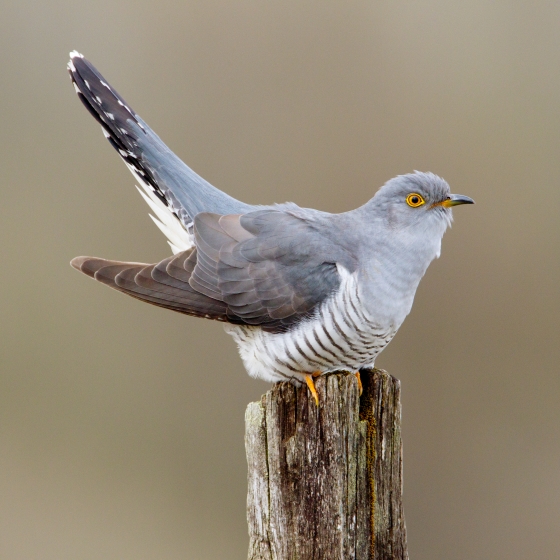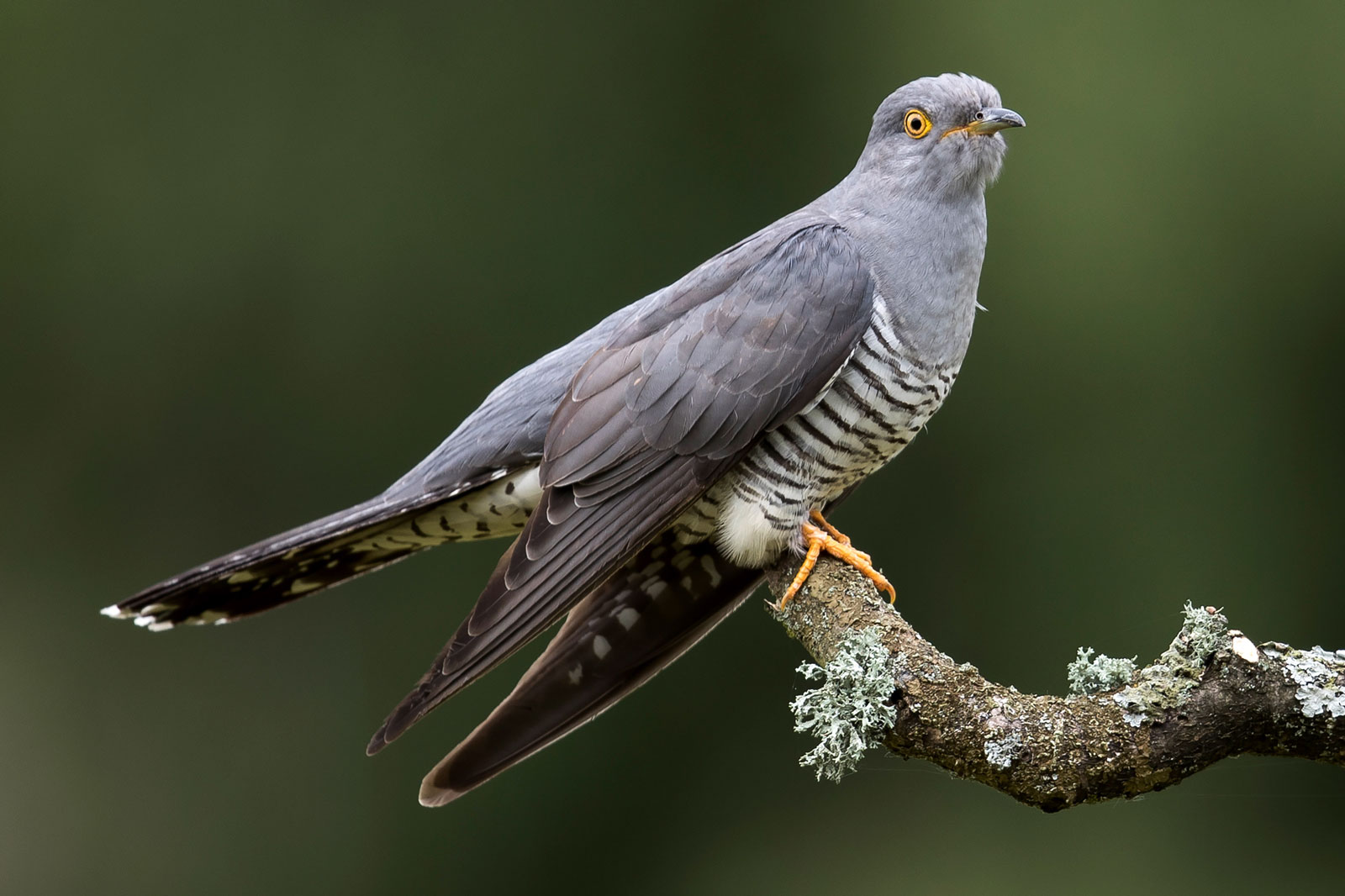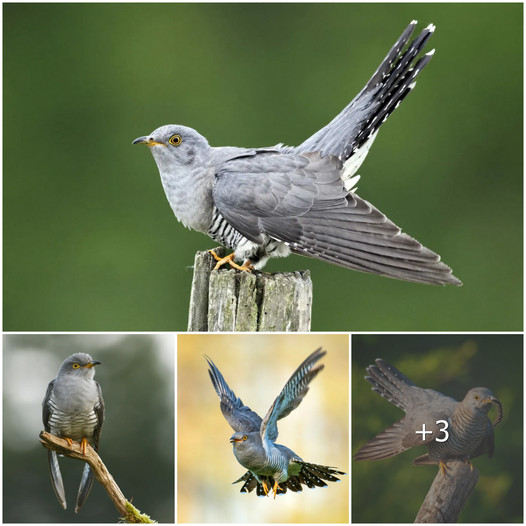In the avian world, few creatures are as enigmatic and fascinating as the cuckoo bird. With its striking appearance and intricate behaviors, the cuckoo is a captivating subject for bird enthusiasts and nature lovers alike. Let’s delve into the intriguing world of these birds and uncover the secrets behind their unique traits.

Cuckoos possess a distinctive flight that often confuses observers, resembling hawks as they soar through the skies. With their long, pointed wings and elegant tails, they present a sleek and streamlined silhouette. Despite their captivating presence, getting a clear view of a perched cuckoo can prove to be a challenging endeavor due to their shy and nervous nature.

The appearance of cuckoos is equally captivating. Adult cuckoos exhibit uniform slate-grey plumage on their upper parts, complemented by whitish underparts barred in black. Their appearance is accentuated by a slim, slightly curved dark bill with a yellow base. Yellow legs and eyes surrounded by a bare yellow ring add to their unique charm.

One of the most distinctive features of the cuckoo is its iconic song. The cuckoo’s familiar two-noted call has made it a recognizable figure around the world. Male cuckoos produce a strident ‘cu-coo’ song with emphasis on the first note, often repeated at short intervals. Female cuckoos have a less vocal approach, emitting a rapid chuckling “kwik-kwik-kwik” call.

Cuckoos are not only captivating in appearance and sound but also in their behaviors. These birds have a highly specialized diet, primarily feasting on hairy caterpillars. Additionally, they consume various other invertebrates, eggs, and even the young of other birds. Their diet plays a crucial role in limiting competition with other insectivorous species.
Interestingly, cuckoos are known for their breeding habits marked by deception. Females lay their eggs in the nests of other birds, leaving the host species to unwittingly raise the cuckoo chicks. This allows cuckoos to avoid the responsibilities of nest-building and childcare, prioritizing their own well-being.


Unfortunately, cuckoos are facing challenges, especially in the United Kingdom, where they are declining due to habitat loss and other factors. Despite being considered a “Least Concern” species globally, they have a red conservation status in the UK, with fewer than 20,000 breeding pairs visiting annually.





